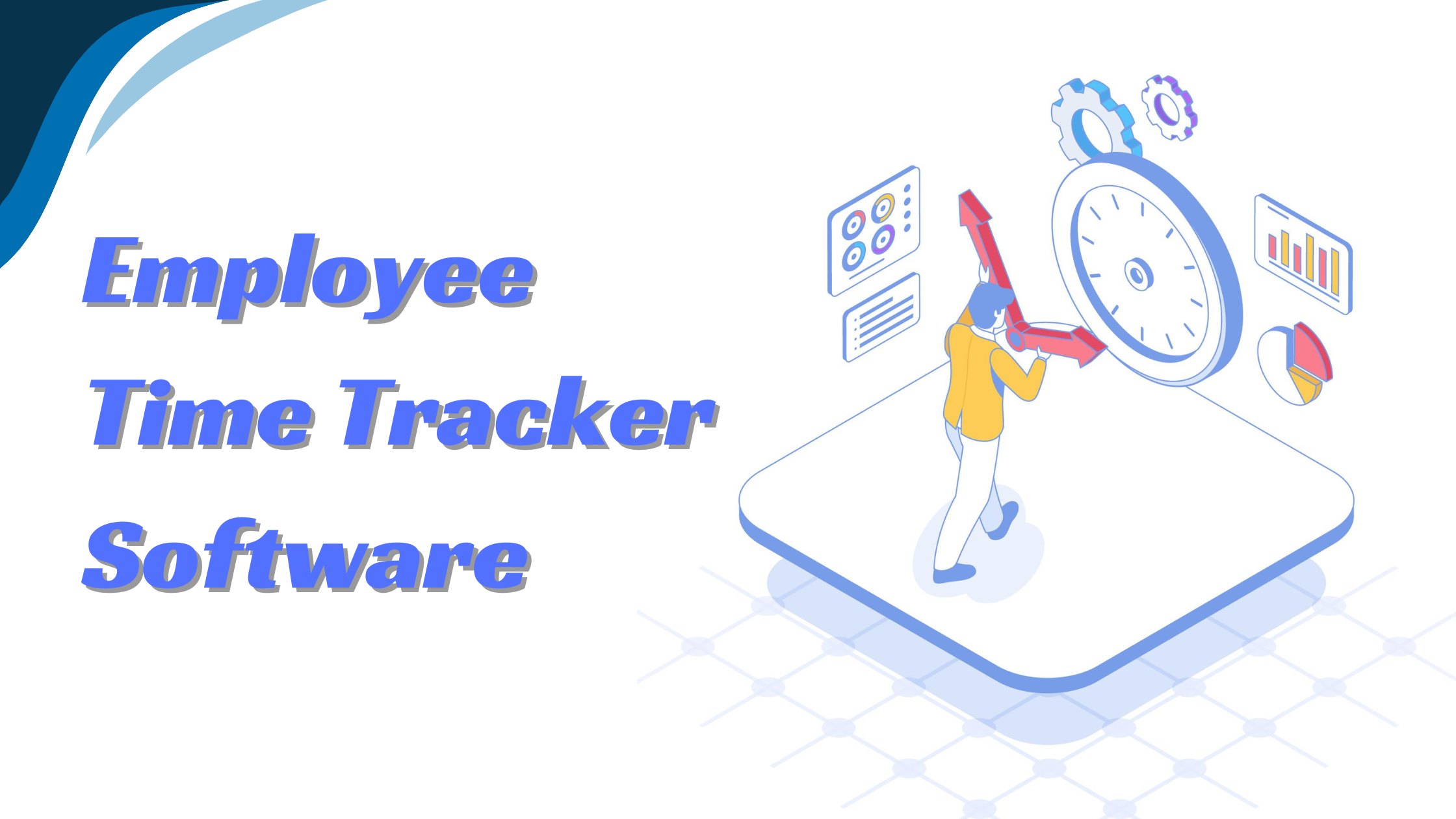Calculating the hidden costs of employee absenteeism with employee time tracker software
Are you looking to improve the efficiency of your business and increase your income? If so, it’s essential to address the issue of employee absenteeism. This silent thief can drain your finances and negatively impact productivity and workplace culture.
However, by implementing employee time tracker software, you can gain valuable insights into absenteeism and take steps to mitigate it. This post will explore the actual cost of absenteeism and how time tracker software can help you create a more engaged and productive workforce, leading to a more successful organization overall.
The high cost of absenteeism
Absences from work can have significant financial impacts on a business beyond just the lost work hours. While it is true that an employee’s absence means that they are not producing work during that time, there are other hidden costs that businesses need to consider.
- Lost productivity: When an employee is absent from work, it can have a ripple effect on their colleagues. They are left to handle additional tasks, leading to project delays and mistakes. This can seriously impact the team’s productivity and ability to achieve their goals. According to a report by Gallup, productivity losses caused by employees not engaged in their work can cost the U.S. economy between $450 and $550 billion annually.
- Reduced output: As we just went through, employee absenteeism can lead to missed deadlines, delayed deliveries, and ultimately, dissatisfied customers. This can have a domino effect on the business, impacting sales and damaging the brand’s reputation. Reduced output caused by employee absences can also result in missed opportunities and lost revenue.
- Overtime costs: Businesses often resort to overtime for existing staff to cover absent employees. This increases payroll expenses and can lead to employee burnout and decreased morale. The extra workload can lead to fatigue, stress, and reduced productivity, further impacting business operations.
- Training costs: If a new employee needs to fill in for an absent colleague, they may need additional training to get up to speed. This can be time-consuming and costly for the business as the overall training process can take weeks or even months, depending on the job’s complexity, and can impact the business operations.
- Administrative costs: Manually tracking absences is tedious and error-prone. Time spent on paperwork, following up on leave requests, and adjusting schedules adds to the lost administrative time, which could be spent on more valuable tasks. The manual tracking process is more than avoided due to errors and inconsistencies, which can further impact the business’s productivity and efficiency.
The cost of an unscheduled absence is high. According to a study by the Society for Human Resource Management (SHRM), it costs an average of $602 per employee per year. However, the actual cost can vary depending on the industry, employee salary, and job responsibilities.
Analysis of the Hidden True Cost
When calculating the cost of something, like the $602 figure mentioned earlier, it’s essential to examine the situation more closely and consider other factors affecting your business’s final cost. These factors vary depending on your unique situation and can significantly impact the price.
- Industries with high labor costs, such as healthcare or finance, tend to have higher costs related to employee absenteeism.
- Employee role: When an employee in a critical or specialized role is absent, the impact on the organization is more significant than when an employee in a less crucial role is lacking.
- Reason for absence: Short-term absences due to illness may cause less disruption to the organization than long-term planned leaves.
By analyzing historical data on absenteeism and considering these factors, you can better understand the financial burden that employee absenteeism represents for your company.
How employee time tracker software can help
Employee time tracker software is a highly efficient tool that organizations should consider using to manage employee absences and associated costs. With its advanced features, this software can help you keep track of your employees’ working hours, monitor their attendance, and generate reports on their productivity.
Here’s how:
- Accurate absence tracking: Employee time tracker software helps to track employee absences, such as sick leave, vacation days, and personal leave. With this software, you can avoid errors during manual tracking and accurately record employee availability in one place.
- Real-time data & insights: The software provides real-time data and analytics that can help you identify patterns in employee absenteeism. This information can help you determine which areas or departments have a higher absenteeism rate and investigate its possible causes.
- Improved scheduling: The software also helps managers create better schedules by providing data on employee availability and leave requests. This helps minimize disruptions caused by absences, resulting in a more efficient and effective workforce.
- Reduced administrative burden: Employee time tracker software can help reduce the time and effort HR personnel and managers spend on administrative tasks related to employee absences. This means they can focus more on other essential tasks and responsibilities.
- Early intervention: The software’s timely insights can help determine the root causes of employee absenteeism before it becomes a significant issue. For instance, if the software detects low morale or high-stress levels among employees, you can take proactive measures to improve their well-being, potentially reducing unplanned absences.
As a business owner or manager, you know that employee absenteeism can significantly affect your profitability. But did you know that with the right tools and approach, you can turn this challenge into an opportunity for growth? By implementing employee time tracker software and leveraging its insights, you can better understand the hidden costs of absenteeism, improve scheduling, and ultimately optimize your workforce for maximum productivity.

















